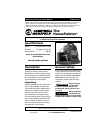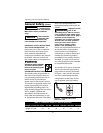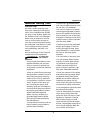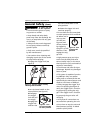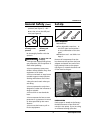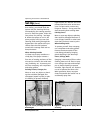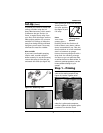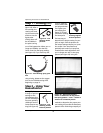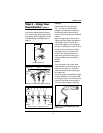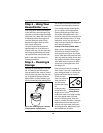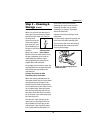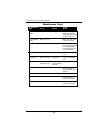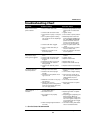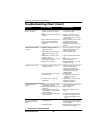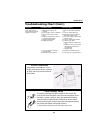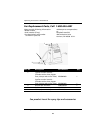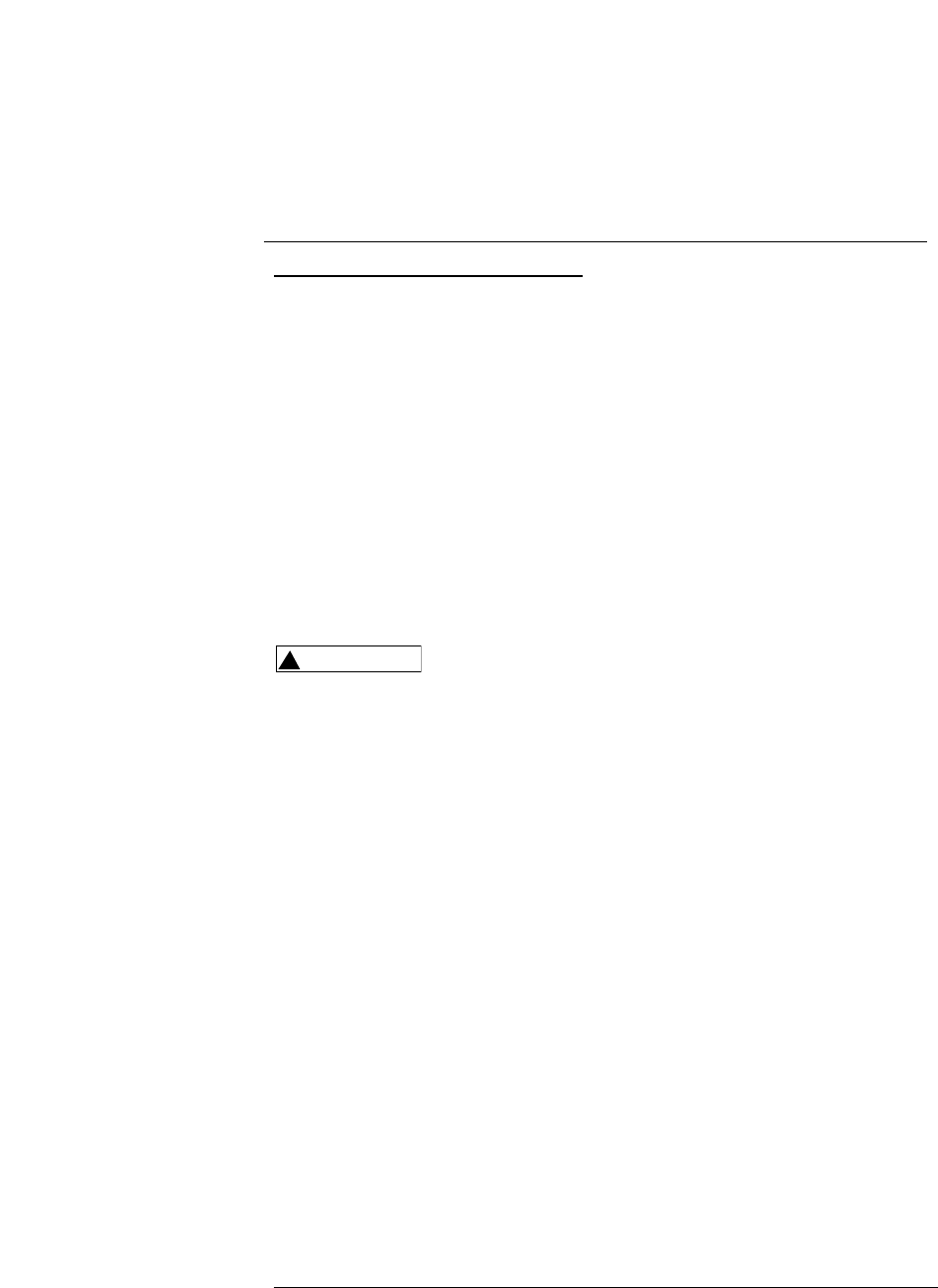
3
EZ5000 Series
www.chpower.com
General Safety (Cont.)
Extension Cords:
Use only a 3-wire extension cord
that has a 3-blade grounding plug,
and a 3-slot receptacle that accepts
the plug on the product. Make sure
the extension cord is not damaged.
When using an extension cord, be
sure to use one heavy enough to
carry the current the product draws.
An undersized cord results in a drop
in line voltage and loss of power
and overheating. See Table 1 on
Page 2.
Do not modify any of the electrical
components of this equipment.
To reduce the
risk of fire or
explosion:
• Do not spray flammable or com-
bustible materials near an open
flame or sources of ignition such
as cigarettes, motors and electrical
equipment.
• Paint or solvent flowing through
the equipment is liable to result in
static electricity. Static electricity
creates a risk of fire or explosion
in the presence of paint or solvent
fumes. All parts of the spray sys-
tem, including the pump, hose
assembly, spray gun and objects in
and around the spray area should
be properly grounded to protect
against static discharge and
sparks. Use only conductive or
grounded high-pressure airless
paint sprayer hoses specified by
the manufacturer.
• Verify that all containers and col-
lection systems are grounded to
prevent static discharge.
!
WARNING
• Connect to a grounded outlet
and use grounded extension cords.
Do not use a 3 to 2 adapter.
• Do not use a paint or a solvent
containing halogenated hydrocar-
bons as this attacks the aluminum
and increases the risk of bursting.
Examples of improper solvents are
methyl bromine, carbon tetrachlo-
ride and ethyl iodide.
• Keep spray area well-ventilated.
Keep a good supply of fresh air
moving through the area. Keep
pump assembly in a well-ventilat-
ed area. Do not spray pump
assembly.
• Do not smoke in the spray area.
• Do not operate light switches,
engines, or similar spark-produc-
ing products in the spray area.
• Keep area clean and free of
paint or solvent containers, rags
and other flammable materials.
• Know the contents of the paints
and solvents being sprayed. Read
all Material Safety Data Sheets
(MSDS) and container labels pro-
vided with the paints and sol-
vents. Follow the paint and solvent
manufacturer’s safety instructions.
• Fire extinguisher equipment shall
be present and working.
• Due to flammability, use caution
when using solvents with flash
points less than 70F (21C) to clean
equipment. Examples of accept-
able cleaning solvents include
water, mineral spirits and lacquer
thinner. Unacceptable cleaning sol-
vents include naphtha, MEK, ace-
tone, alcohol and toluene.



